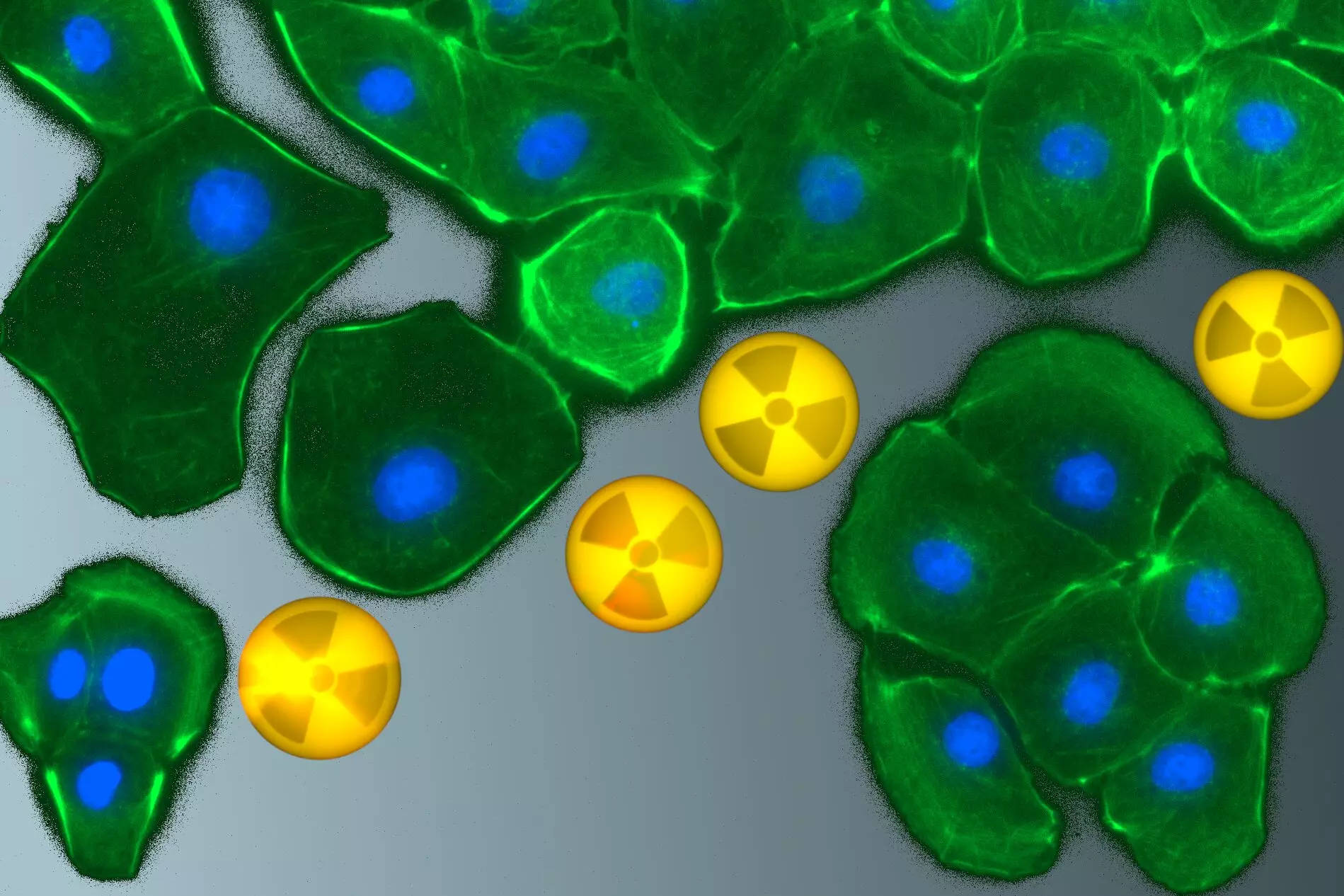The alarming presence of radionuclides in our environment imposes a significant threat to human health, stemming from various sources including natural geological processes and anthropogenic activities. Whether they enter the body through inhalation, ingestion, or open wounds, these radioactive elements can lead to adverse health outcomes, particularly when accumulating in critical organs such as the kidneys. Research in this area has largely hinged on animal studies, leaving a significant gap in our understanding of the cellular and molecular repercussions of radionuclide exposure. As we delve deeper into this matter, it’s imperative that we shed light on the toxicity levels these radionuclides can manifest upon cellular interactions, particularly within renal cells that play a vital role in heavy metal detoxification.
The Forgotten Role of the Kidneys
The kidneys are often viewed solely as filtration organs; however, they perform crucial functions that extend beyond waste removal. In mammals, kidneys are pivotal in detoxifying various heavy metals, including bivalent, trivalent, and hexavalent radionuclides, by expelling them through urine. Therefore, understanding the interaction between these toxic metals and renal cells should be at the forefront of scientific inquiry. The study conducted by a team from the Helmholtz-Zentrum Dresden-Rossendorf (HZDR) and Technische Universität Dresden highlights how past research has overlooked the intricate dynamics of how radionuclides operate at a cellular level within this critical organ.
The Accumulation of Radionuclides: A Dual Threat
Radionuclides don’t just appear due to industrial or nuclear mishaps; they also enter our environments through natural geological processes, such as erosion and weathering. With the exponential increase in industrial, medical, and research activities that utilize radionuclides over the last sixty years, the problem has escalated. From mining operations releasing uranium particles to potential accidents in nuclear facilities, the environmental and health risks posed by these elements cannot be overstated. Even though diagnostic tools in cancer treatment incorporating radionuclides are less hazardous, their cumulative contribution to the radionuclide burden warrants caution and deeper investigation.
Bridging the Knowledge Gap in Renal Toxicology
Dr. Astrid Barkleit’s insights regarding this research indicate a fundamental curiosity about how radioactive heavy metals interact with renal cells, marking a shift in focus towards a deeper understanding of cellular behavior upon exposure. The study spotlighted the need for research into the biological and chemical processes underpinning radionuclide accumulation in kidneys, which is still largely unexplored territory. Existing biokinetic models, while helpful, fail to address the complex biological interactions at play. Thus, the urgency for research that examines these metals at a cellular level in human and rat kidney cells in vitro is clear.
Comparing Toxicity: Heavy Metals Under the Microscope
The research team’s investigation of specific heavy metals like barium(II), europium(III), and uranium(VI) provides a nuanced understanding of toxic profiles. By utilizing sophisticated analytical techniques, they were able to analyze the viability and death mechanisms of renal cells. Barium(II) serves as a safe analog for radium(II), while europium(III) mimics elements with radioactive properties, enhancing the relevance of the findings. The emphasis on uranium(VI) as a critical concern speaks volumes about the legacies of contamination left by uranium mining in areas like Saxony, and the remarkable parallels with radioecological challenges present.
Breaking New Ground with Advanced Techniques
Employing advanced technologies such as luminescence spectroscopy and fluorescence microscopy, the researchers unraveled the complex interactions between heavy metal ions and renal bioligands. This revolutionary methodology allowed for the visualization of intracellular processes and highlighted alterations in cellular architecture upon exposure to heavy metals. The nuances in how renal cells responded—whether through swelling, membrane fragmentation, or detachment—paint a vivid picture of the cellular consequences of radionuclide toxicity, reinforcing the argument for urgent measures to address environmental contamination.
The Imperative for Comprehensive Research
The intricate relationship between radionuclides and health necessitates a holistic examination encompassing cellular interactions and ecological implications. It is clear that the current body of research needs to evolve beyond merely cataloging heavy metal accumulation toward uncovering the biochemical pathways involved in toxicity. Such efforts not only enhance our theoretical understanding but also inform practical applications, including the development of effective decorporation agents that could mitigate the health risks associated with radionuclide exposure. A robust future in studying the safety and remediation of environments tainted by heavy metals is not just prudent; it’s crucial. As we advance knowledge in this domain, we must remain vigilant against the hidden dangers pouring into our ecosystems and ultimately, into our bodies.

